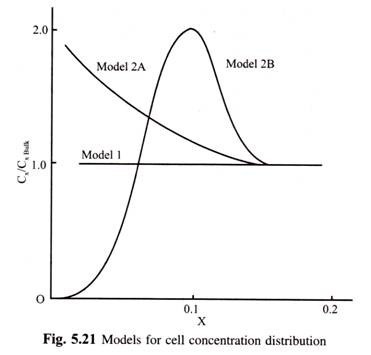ADVERTISEMENTS:
The following points highlight the five main types of receptors found in animals. The types are: 1. Intracellular Receptors 2. Cell Surface Receptors 3. G-Protein Coupled Receptors 4. Ion-Channel Receptors 5. Tyrosine Kinase Linked Receptors.
Type # 1. Intracellular Receptors:
Steroid hormones, thyroxin and retinoids are lipophilic and are transported by carrier proteins in the blood. After dissociation from these carriers, such hormones diffuse across the cell membrane and bind to specific receptors in the cytosol or nucleus. The receptor-hormone complex then acts on nuclear DNA to alter transcription of specific genes (Fig. 2).
Type # 2. Cell Surface Receptors:
Polypeptide hormones and catecholamines, which are water soluble and prostaglandins, which are lipophilic, all bind to cell surface receptors. This binding triggers an increase or decrease in the cytosolic concentration of second messengers (cAMP, Ca), activation of protein kinases, or a change in the membrane potential (Fig. 3).
Type # 3. G-Protein Coupled Receptors:
Ligand binding activates a G-protein, which in turn activates or inhibits an enzyme that generates a specific second messenger or modulates an ion-channel, causing a change in membrane potential. The receptors for epinephrine, serotonin and glucagon are examples (Fig. 4).
Type # 4. Ion-Channel Receptors:
Ligand binding changes the conformation of the receptor so that only specific ions flow through it; the resultant ion movements alter the electric potential across the cell membrane. The acetylcholine receptor at the neuro-muscular junction is an example (Fig. 5).
Type # 5. Tyrosine Kinase Linked Receptors:
These receptors lack intrinsic catalytic activity, but ligand binding stimulates formation of a dimeric receptor, which then interacts with and activates one or more cytosolic protein tyrosinekinases. The receptors for many cytokines, the interferons and human growth factor are of this type (Fig. 6).





